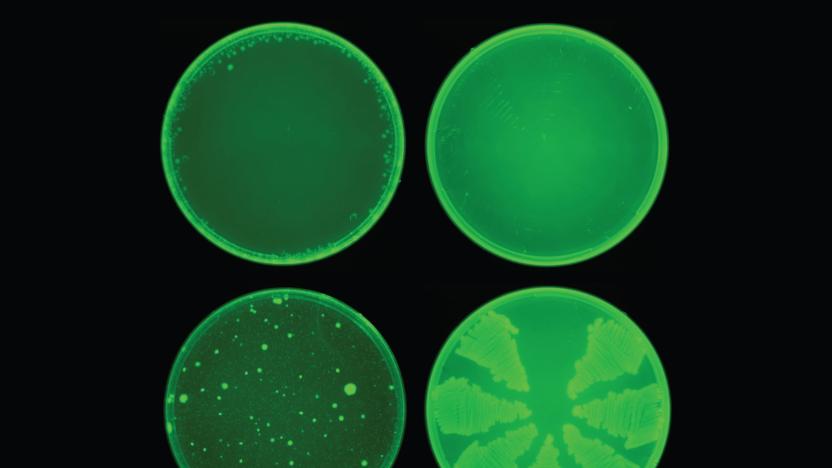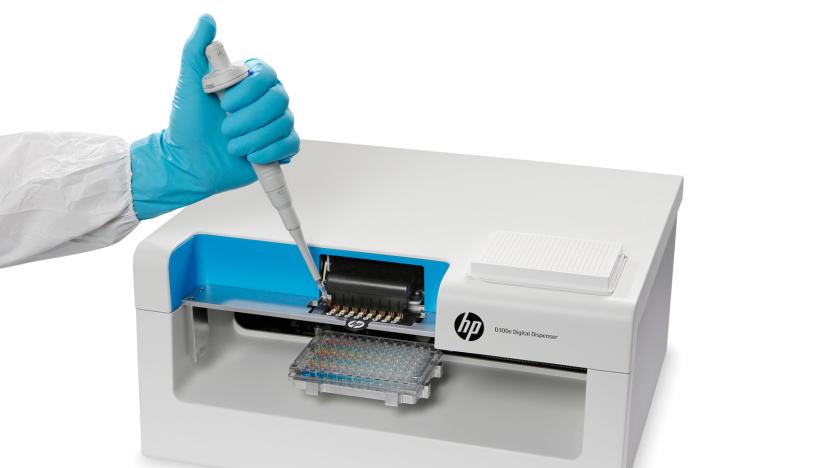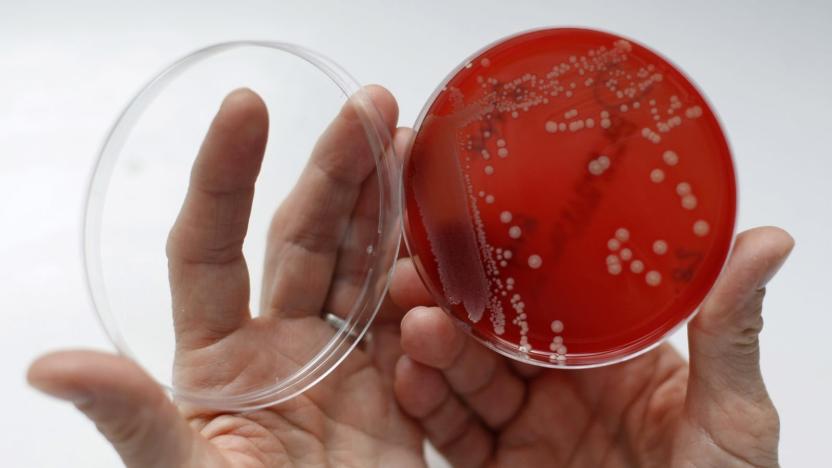superbug
Latest

AI discovers antibiotic that kills even highly resistant bacteria
The use of AI to discover medicine appears to be paying off. MIT scientists have revealed that their AI discovered an antibiotic compound, halicin (named after 2001's HAL 9000), that can not only kill many forms of resistant bacteria but do so in a novel way. Where many antibiotics are slight spins on existing medicine, halicin wipes out bacteria by wrecking their ability to maintain the electrochemical gradient necessary to produce energy-storing molecules. That's difficult for bacteria to withstand -- E. coli didn't develop any resistance in 30 days where it fought off the more conventional antibiotic cipofloxacin within three days.

Gene-modified viruses rescue patient from drug-resistant 'superbug'
Doctors normally resort to bacteriophages (bacteria-killing viruses) to kill antibiotic-resistant "superbugs" only when they've run out of options, in part because it's difficult to find the ideal example. It can take months or more just to find a viable candidate. However, they might have a faster solution -- researchers have successfully used genetically modified viruses to treat a chronic, resistant infection in a teenage girl who otherwise faced a bleak prognosis following a lung transplant.

CDC uses HP bioprinters to speed up testing for new antibiotics
The Center for Disease Control and Prevention is turning to some bleeding edge tech in its bid to stamp out drug-resistant 'superbug' bacteria. It's buying a slew of HP bioprinters (the D300e you see above) as part of a pilot program that could speed up the testing of more effective antibiotics. The machines will give regional labs in New York, Minnesota, Tennessee and Wisconsin their first shot at printing drug samples used for developing and running antimicrobial susceptibility tests. Hospitals won't have to wait for testing or else risk mistakes like overusing drugs.

Artificial molecules fight drug-resistant 'superbugs'
Scientists are clearly picking up the pace in their quest to kill antibiotic-resistant "superbugs." Teams at the Universty of Melbourne and UT Southwestern Medical Center have developed composite molecules that overcome the defenses of stubborn bacteria, promising treatment for illnesses that have built up their immunity over the years.

Light-triggered nanoparticles kill drug-resistant bacteria
Many current attempts at killing drug-resistant "superbugs" amount to racing against time, whether it's improving research technology or developing germ-fighting techniques that are less likely to promote resistance. That's not really an effective long-term strategy, is it? However, University of Colorado scientists might have a more permanent solution. They've developed light-triggered nanoparticles (specifically, quantum dots) that can kill stubborn bacteria on demand. They're dormant when it's dark, but shining the right light wavelength will make the particles attack infected cells. And unlike metal nanoparticles, they won't inadvertently wreck healthy cells in the process.

New way to find antibiotics helps fight resistant 'superbugs'
Bacterial infections are hard to fight. It's not just that there are "superbugs" which resist antibiotics, like MRSA -- it's that the methods for finding effective antibiotics aren't very efficient. However, scientists have developed a technique that harnesses environmental bacteria to find antimicrobial weapons much more quickly. Their approach uses a mix of moistened soil, liquid agar (bacterial culture) and diluted bacterial samples to isolate microbes for study while giving them the natural conditions they need to grow. At least in theory, medical researchers no longer have to limit their antibiotic development to bacteria that survive in lab conditions. If it grows in dirt, it's a candidate.
